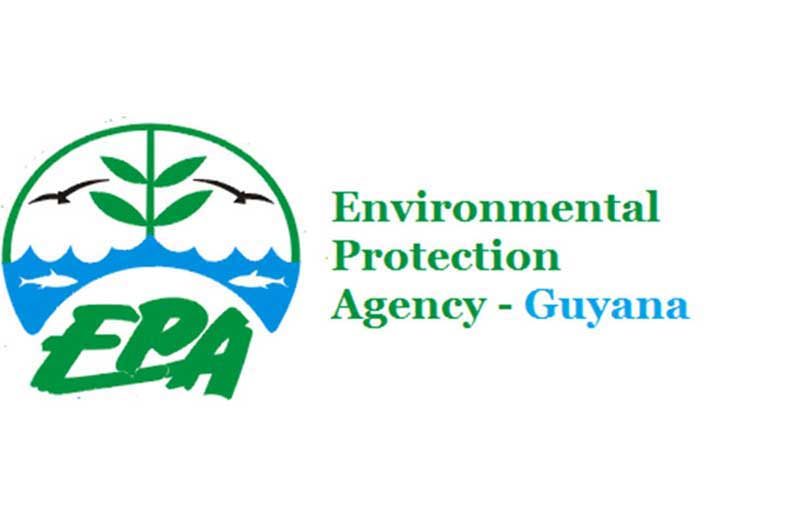MONITORING is an important part of the management of the Iwokrama Forest. Did you know that wildlife can be used to check the impacts of our activities on the environment? Any wildlife that can be used to help signal ecosystem health is called BIOINDICATORS.
ANIMALS AS BIOINDICATORS!
Understorey birds are used to monitor forest recovery in Iwokrama by comparing species present before and after logging. Our rangers also record waterfowls that feed on fish along the Essequibo River, as they indicate a healthy fish population.
Fishes can act as bioindicators of water quality because of their ability to accumulate heavy metals in their muscle tissue. The toxicity is harmful for the long-term, as animals and humans feed on these fishes.
Amphibians are great bioindicators for climate change and environmental pollution due to their sensitivity to chemical changes. Frogs and toads are sensitive to contamination that may result from agriculture and mining, which can lead to physical deformities.
Mammals can be used to monitor environmental contamination and changes in habitats that occur due to human activities. At Iwokrama, we welcome otter sightings as they signal that our waterways are clean and healthy. The sightings of top predators, for example, jaguars, indicate healthy populations of prey species in the Iwokrama Forest.
In summary, wildlife are important indicators of ecosystem health because of their ability to respond to environmental stressors that occur due to human activities and climate change, making their conservation critical.
For More Info:
Website: www.iwokrama.org
Email: iwokrama-general@iwokrama.org
Visit Iwokrama: tourism@iwokrama.org



.jpg)









